How to make this difficult choice: open or closed heating system?
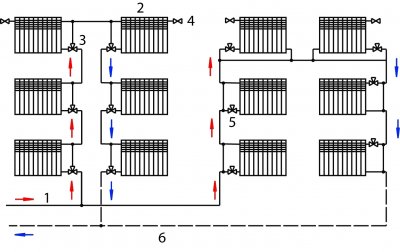
Heating system is one of the main engineering communications in the house.
The operating principle of heating structures is quite simple: first coolant (usually it's water) is heated in the boiler to the required temperature.
Then he flows through pipes into radiators, which are installed throughout the house.
Thus, the heated coolant gives off heat to the room, after which the cooled water returns back to the boiler, after which the cycle repeats. Depending on the method of delivery There are open and closed heating systems for the coolant.
Open heating system
An open system is a heating structure in which the coolant moves naturally in accordance with laws of thermodynamics. Its operation does not require a special pump that would create forced circulation of heated water, so connection to the power grid is not required. Operating principle:
- The water is heated in boiler.
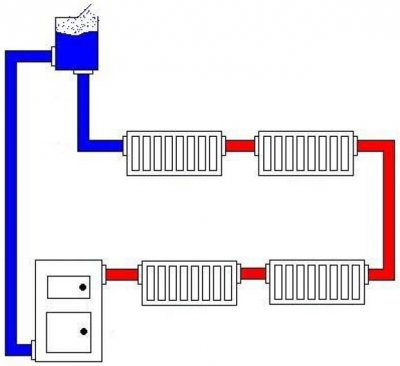
- The heated water begins to move up through a vertical pipe due to the phenomenon convection.
- It passes through all the pipes and radiators, giving off its heat to the rooms. Pipes in the house are usually installed at an angleso that the liquid moves in a horizontal plane under the action of gravity.
- At the end, the cooled water returns back to the boiler, heats up again, after which the heating cycle repeats.
The so-called is installed in an open installation expansion tank. The thing is that the liquid expands when heated, and in case of strong overheating it can damage the radiators. In a closed type installation, this problem is solved by reducing the pressure using a pump.
Attention! The tank is used to store superheated water, for pressure stabilization, and also to remove excess liquid when there is too much water in the heating system.
Advantages and disadvantages
Pros:
- Simple operation and maintenance.
- No connection required quiet pump.
- All rooms are heated evenly.
- The installation starts and stops quite quickly. fast.
- No electrical connection required (except when an electric boiler is used for heating).
- For installation no complex engineering skills required at the master's.
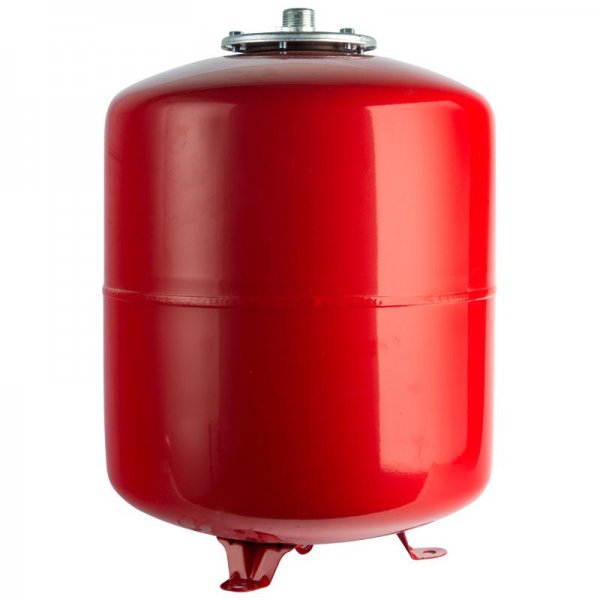
Photo 1. Expansion tank for heating, volume - 100 l, power - 950 W, manufacturer - "Stout".
Cons:
- Installation is required before use. expansion tank.
- The pipes must be located in the house in a special way (otherwise the water will not circulate).
- If air gets in, the unit may be damaged due to mechanical damage and/or corrosion.
- In winter, due to severe frosts, there will be freezing.
- After switching on you will have to wait for the liquid to warm up to the desired temperature.
- It should be done constantly control the water level in the tank.
- As a coolant Antifreeze must not be used.
Closed system and its differences
This is a heating structure in which the circulation of the coolant through the pipes is carried out forcibly with the help of special pump, and its operation requires connection to the power grid. The operating principle of a closed installation is practically no different from an open one:
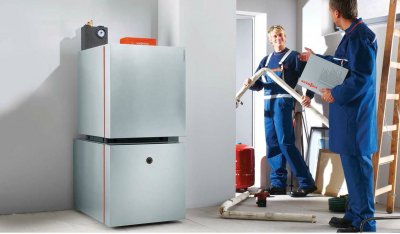
- The coolant is heated in boiler.
- After pump pushes out the heated coolant.
- Heated water goes through everything radiators, which leads to heating of the air in the room. The pipes in the house can be installed in any way, circulation through them is carried out with the help of a pump.
- After some time it cooled down the coolant returns back into the boiler.
For normal operation, installation is also required. expansion tank, with which you can control the pressure. Experienced engineers recommend giving preference to membrane tanks. It allows you to reduce or increase the pressure in a short time, which is critical for a closed installation.
Reference! In case of installation of a closed heating system, the pipes can be arranged in any way, since circulation will occur due to the operation of the pump.
Advantages:
- Easy installation.
- It is not necessary to control the level liquids.
- Allowed to use antifreeze.
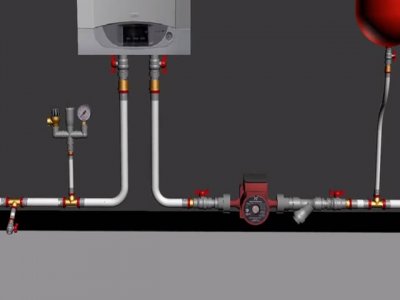
- Allowed temperature regulation by decreasing or increasing the amount of water.
- There is a possibility of installation automatic pressure regulation.
Flaws:
- Connection required stable power grid.
- It is recommended to connect emergency power supply.
- Expansion membrane tanks are quite large.
- To ensure the pump operates silently, it is necessary to soundproofing of technical rooms.
What is the difference between open and closed type?
The open installation is similar to the closed one in terms of technical characteristics. However, there are also many differences:
| Type | Open | Closed |
| Placement expansion tank | At the highest point of the structure (for example, on the roof of a building) | Anywhere (in the basement, on the roof, in the room, etc.) |
| Isolation from the open air | Partial | Complete |
| Type of pipes for circulation of coolant | Large diameter thick walled pipes are used | Depends on the power. If the heating structure is small, then thin pipes of small diameter can be used. |
| Service life | Short service life due to leakage | Long service life if the heating structure is completely sealed |
| Do you need a connection to electrical networks? | No | Yes |
| Is it possible to connect more? one heating source? | No | Yes |
Attention! When installing a membrane tank in the case of a closed system, antifreeze can be used, but in the case of an open system, antifreeze cannot be used. regardless of the tank.
How to make a choice?
In the case of open heating, the coolant circulates through the pipes without the use of a pump, and for stable operation, an expansion tank must be installed.
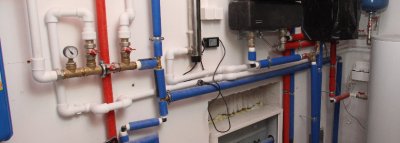
For the heating to work, the tank must be installed on the roof of the building, and the pipes in the building must be positioned in a special way to ensure circulation.
This heating design is well suited for small houses and for technical rooms, where the location of the pipes has little effect on the operational properties of the building. And also for heating buildings that are difficult to connect to the power grid.
Useful video
Check out the video that explains how different types of heating work.
Which system is best for large buildings?
In the case of a closed system, the coolant circulates through the pipes using a pump, and its operation requires a connection to the power grid. During operation, the pump will create noise, so it is recommended to soundproof the room. For stable operation, a membrane tank is connected. Closed installation eliminates air ingress into pipes, which significantly increases the service life.
Closed heating is recommended for use for heating large residential and non-residential buildings, which will be used for a long time.






